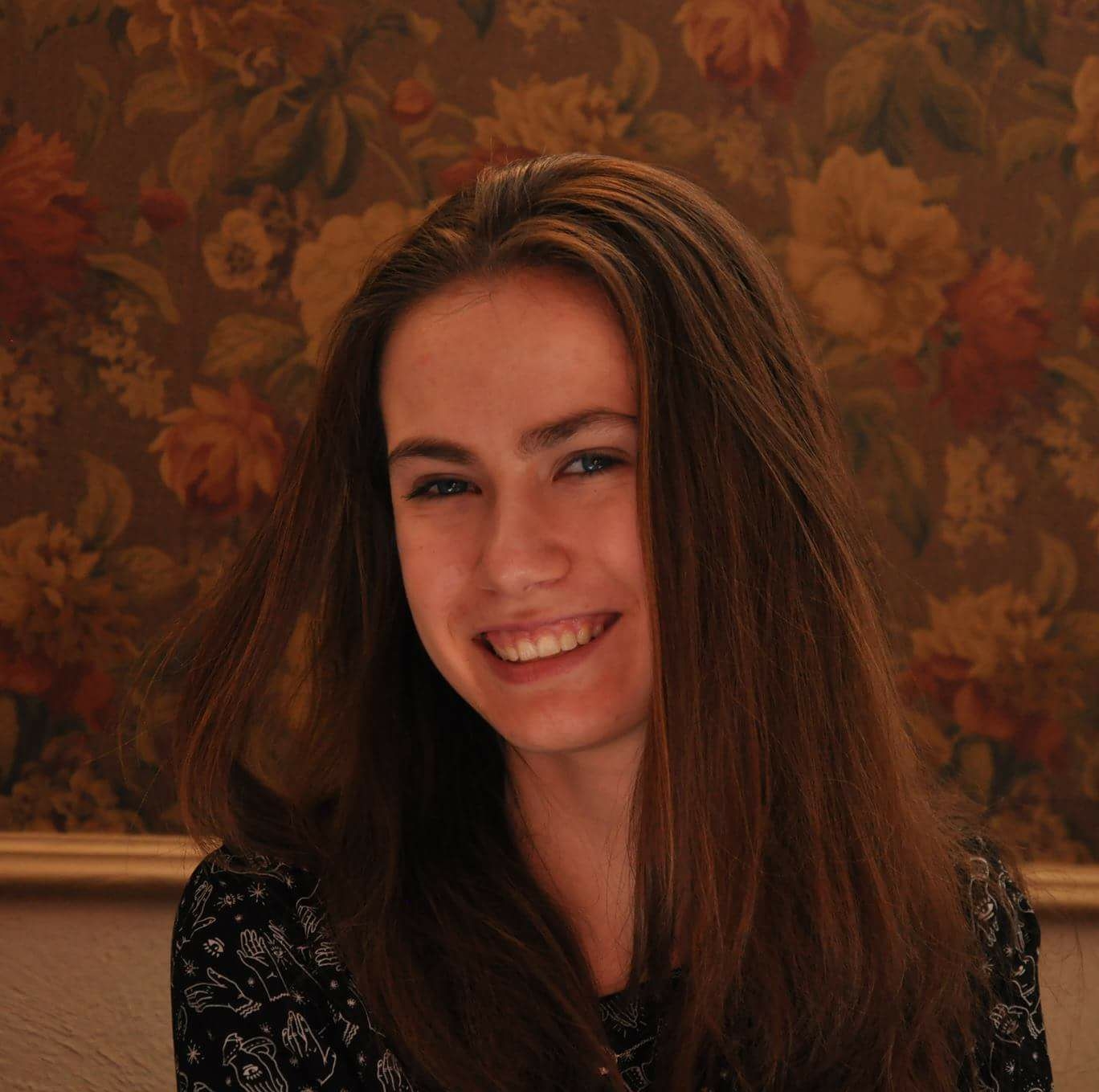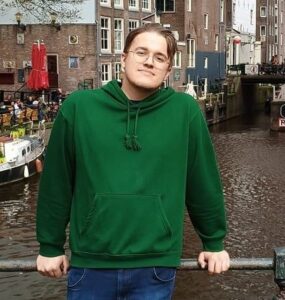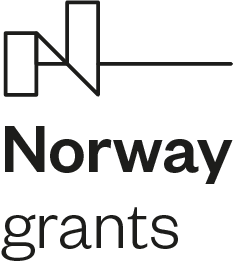








SNIT is the key technology for low-carbon and clean wastewater treatment
Unconventional method for treating municipal wastewater leads to positive environmental impact.
The four stage project’s aim is to take one more step towards self-sufficiency of wastewater treatment plants.
"The proper use of science is not to conquer nature but to live in it."
—Barry Commoner
SNIT results in cleaner wastewater treatment
Reduced oxygen demand
Up to 30% lower energy consumption in nitrification process
Increased biogas production
Lesser demand of denitrification for organic compounds lead to enhanced methane production
Clean rivers
Significantly lower concentration in wastewater treatment plant effluent
What's up in the project
recent info
Latest Publications
We make world better place!
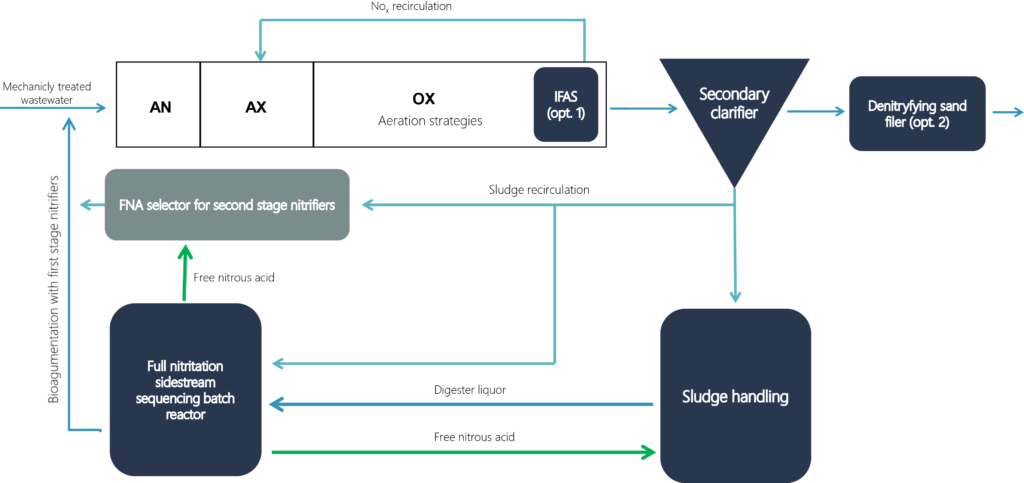
Shortcut nitrification in mainstream – fresh perspective on wastewater treatment
Abstract
Water and energy are popular topics around the world, due to the difficult environmental situation, as well as growing concerns about global warming. One place where these two resources are inextricably linked is the wastewater treatment plant. Improving the quality of treated wastewater is usually achieved through increased energy consumption – e.g. for raising the oxygen concentration in the reactor, or capital expenditure – e.g. for an external organic carbon dosing installation. At the same time, it is routine at larger facilities to produce energy from the combustion of methane gas generated in the sludge digestion process. The SNIT project, addresses both issues and aims to improve the quality of treated wastewater and increase digester gas production with moderate investment. The key to this is the use of nitric acid to induce partial nitrification in the main-stream, as well as to disintegrate the sludge to increase the organic load, which is the substrate for the fermentation. By removing nitrogen via nitritation, the consumption of oxygen and organic carbon in the biological reactor will be significantly reduced, and the shortened denitrification will allow for deeper nitrogen removal.
Source: Forum Eksploatatora 2020. nr 5, s. 60-62, ISSN 1640-8624
Consortia Involved
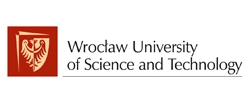

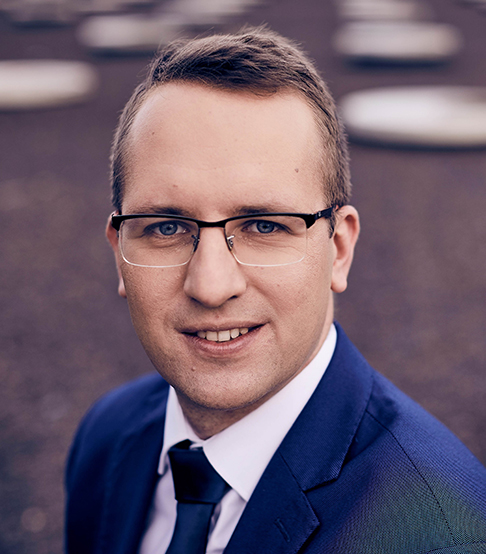
Przemysław Chrobot
Team Leader
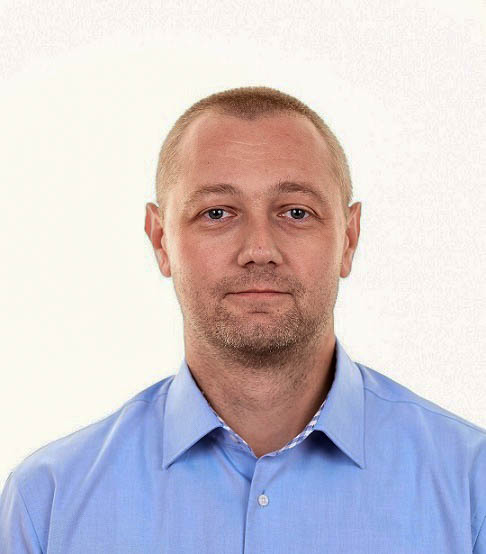
Jacek Przyszlak
Deputy Team Leader
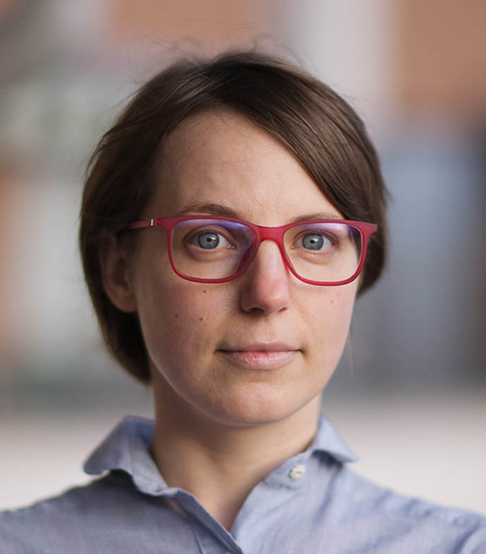
Natalia Gemza
Ph.D, student, research staff
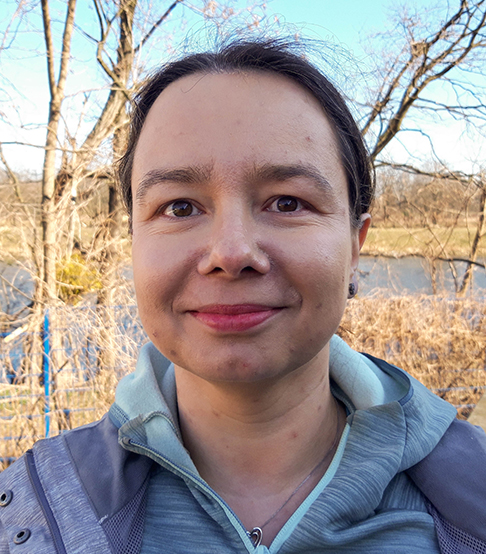
Małgorzata Żółtowska
MSc., technical staff
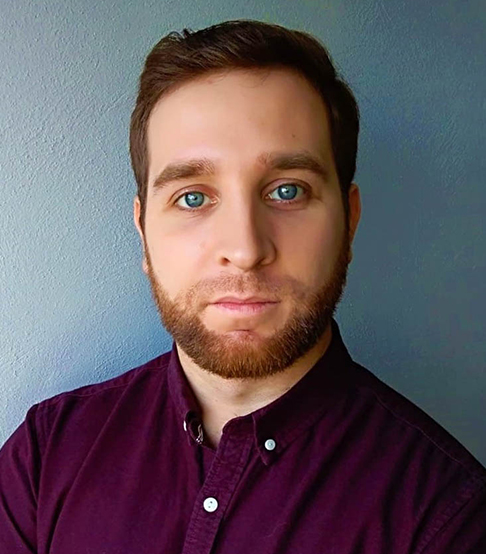
Piotr Gliński
MSc., technical staff

Przemysław Chrobot
Team Leader

Jacek Przyszlak
Deputy Team Leader

Natalia Gemza
Ph.D, student, research staff

Małgorzata Żółtowska
MSc., technical staff

Piotr Gliński
MSc., technical staff

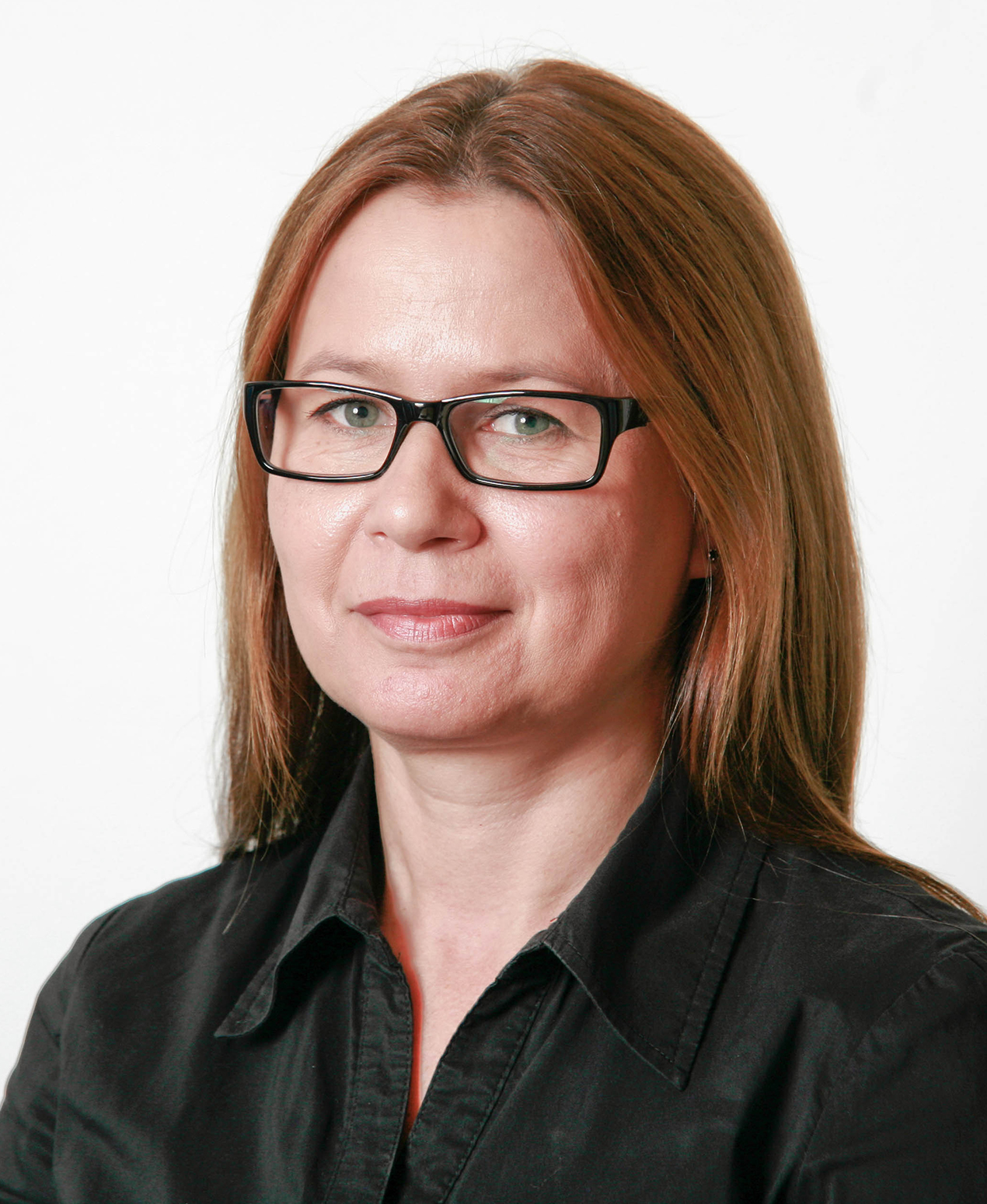
Renata Tomczak-Wandzel
Ph.D, Team Leader, WP 4 leader

Lelum Duminda Manamperuma
Ph.D
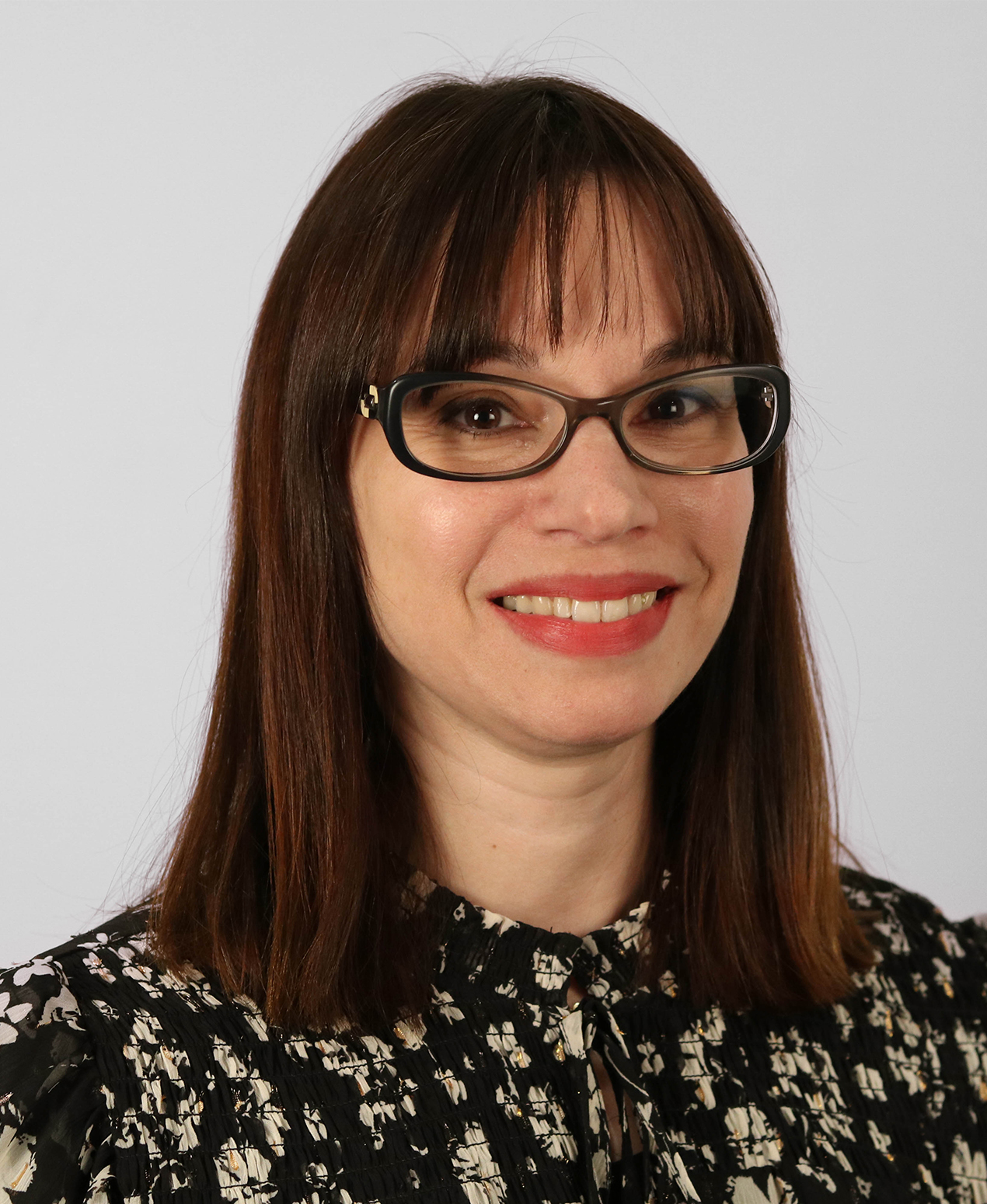
Maria M. Estevez
Ph.D
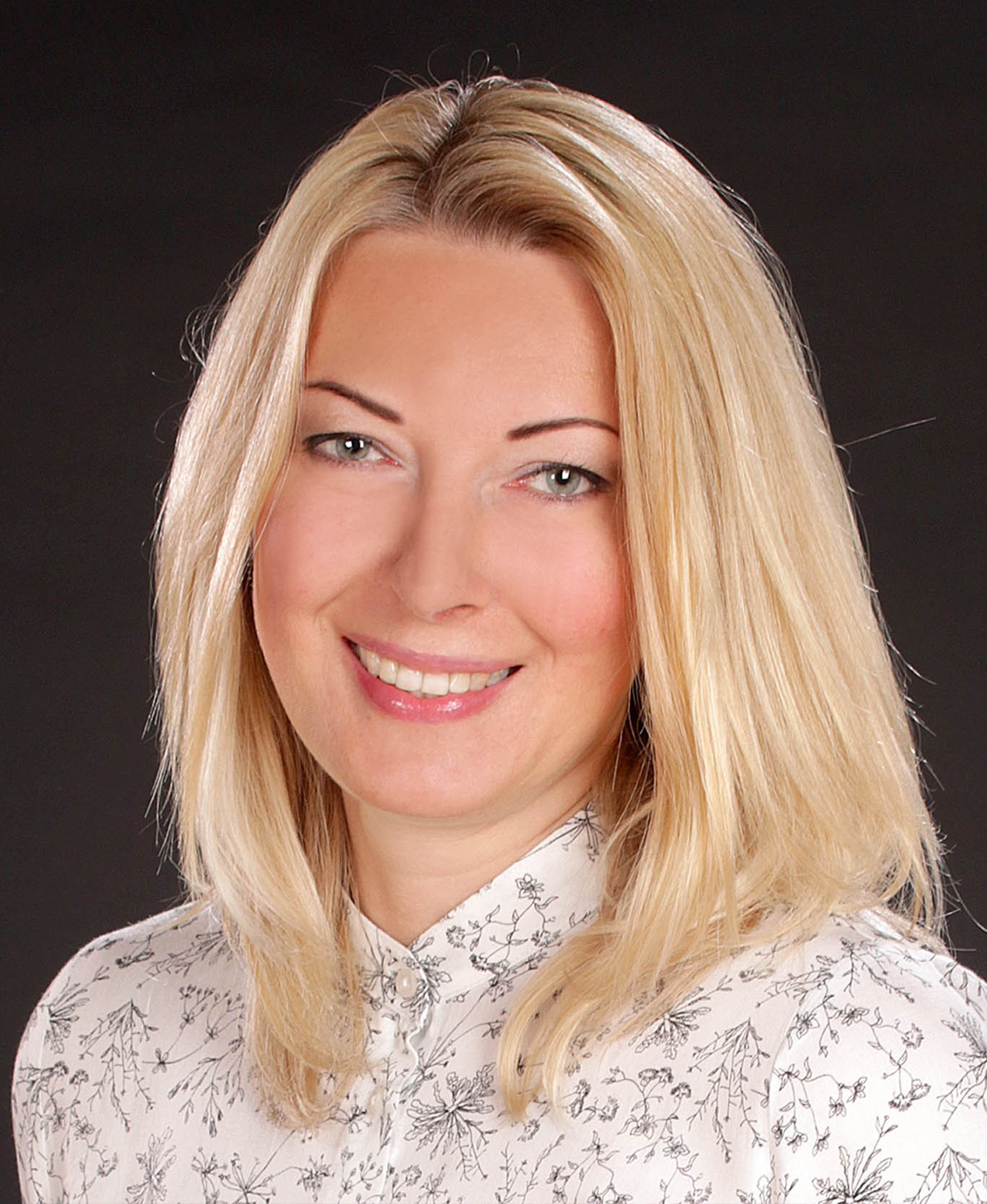
Beata Szatkowska
Ph.D

Renata Tomczak-Wandzel
Ph.D, Team Leader, WP 4 leader

Lelum Duminda Manamperuma
Ph.D

Maria M. Estevez
Ph.D

Beata Szatkowska
Ph.D


Jakub Ciesiółka
Team Leader

Magdalena Budych-Górzna
MSc., research staff

Iwona Łajs
MSc., research staff

Jakub Ciesiółka
Team Leader

Magdalena Budych-Górzna
MSc., research staff

Iwona Łajs
MSc., research staff

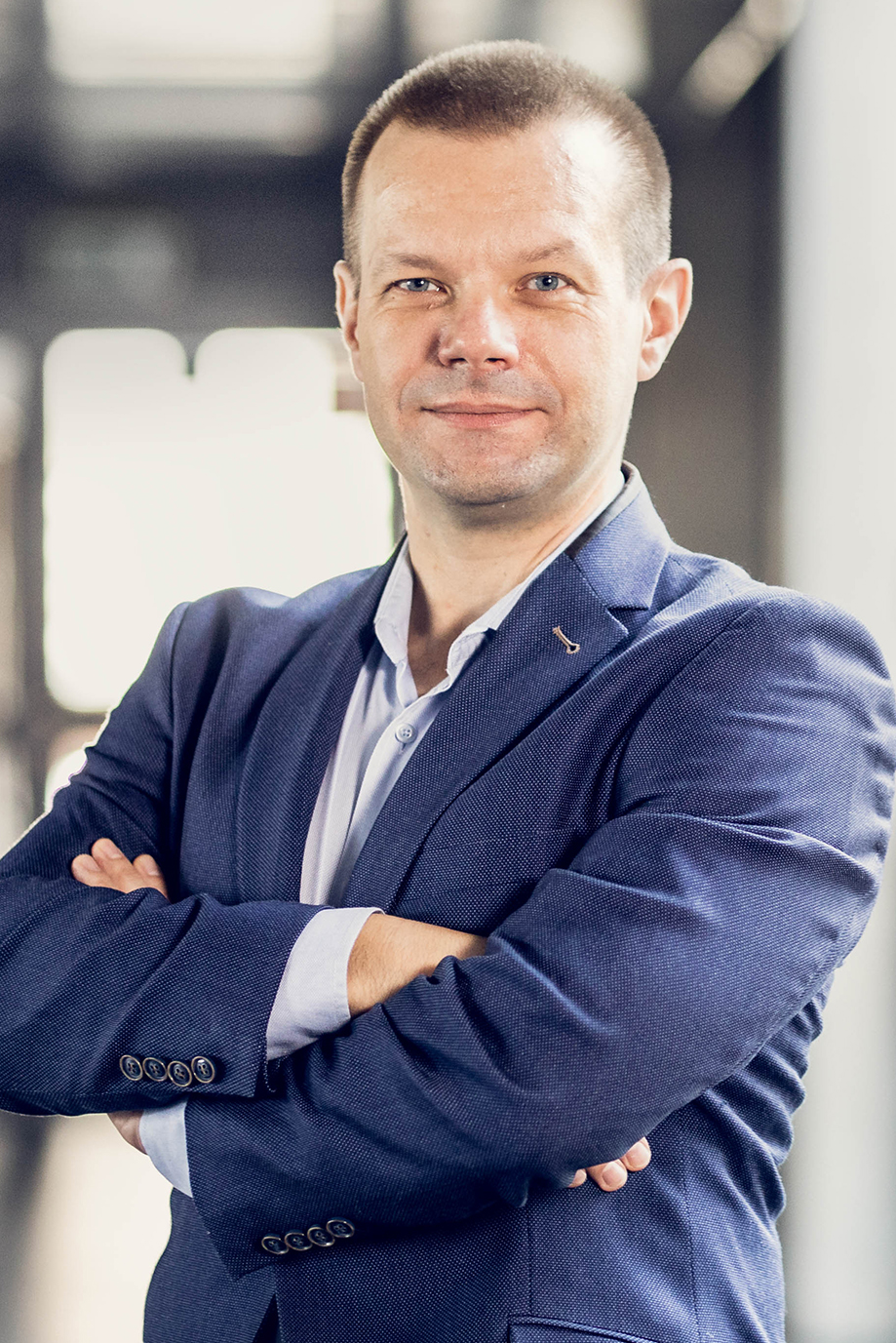
Grzegorz Cema
Ph.D, assistant profesor, Team Leader, WP 3 leader
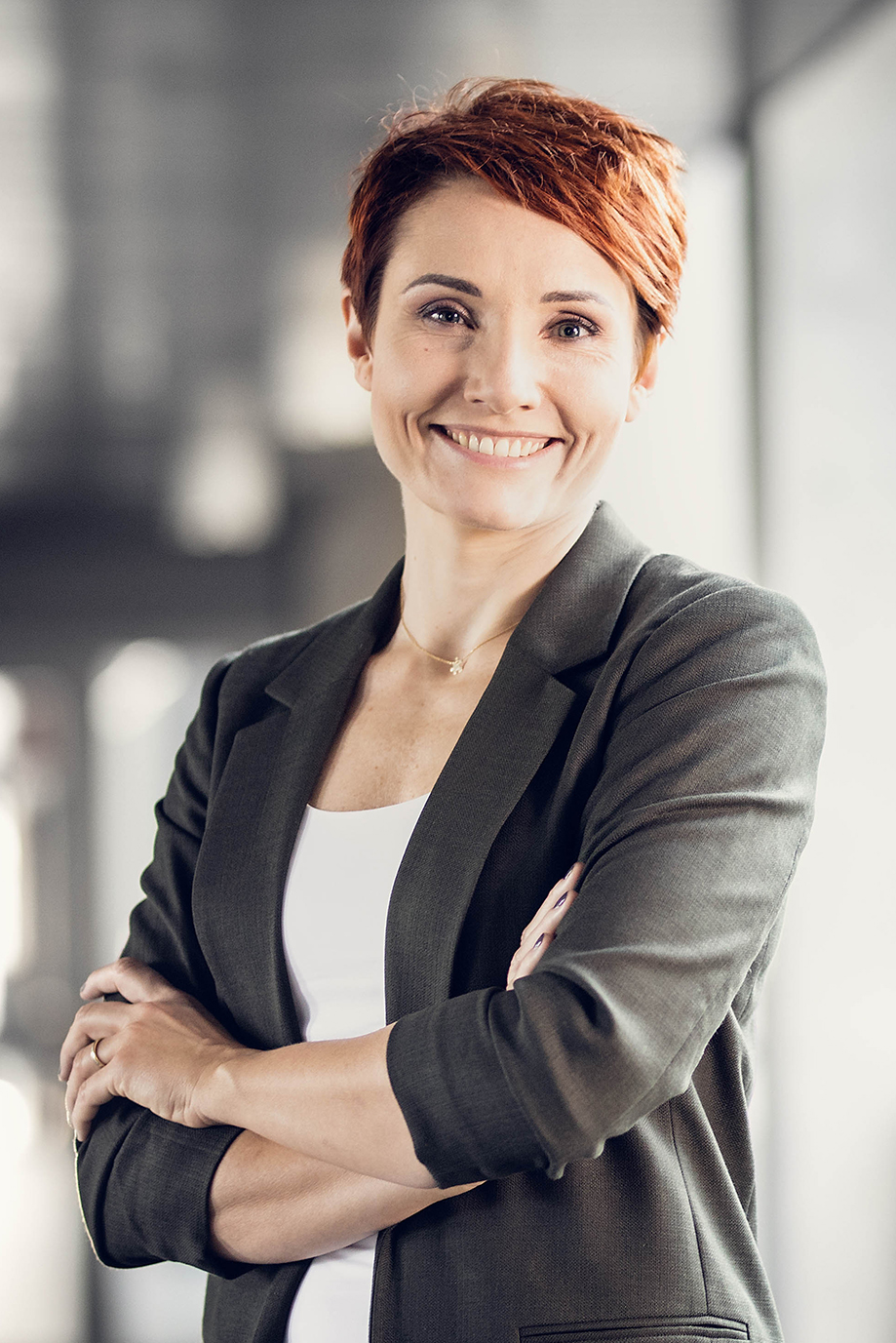
Aleksandra Ziembińska-Buczyńska
Ph.D, professor
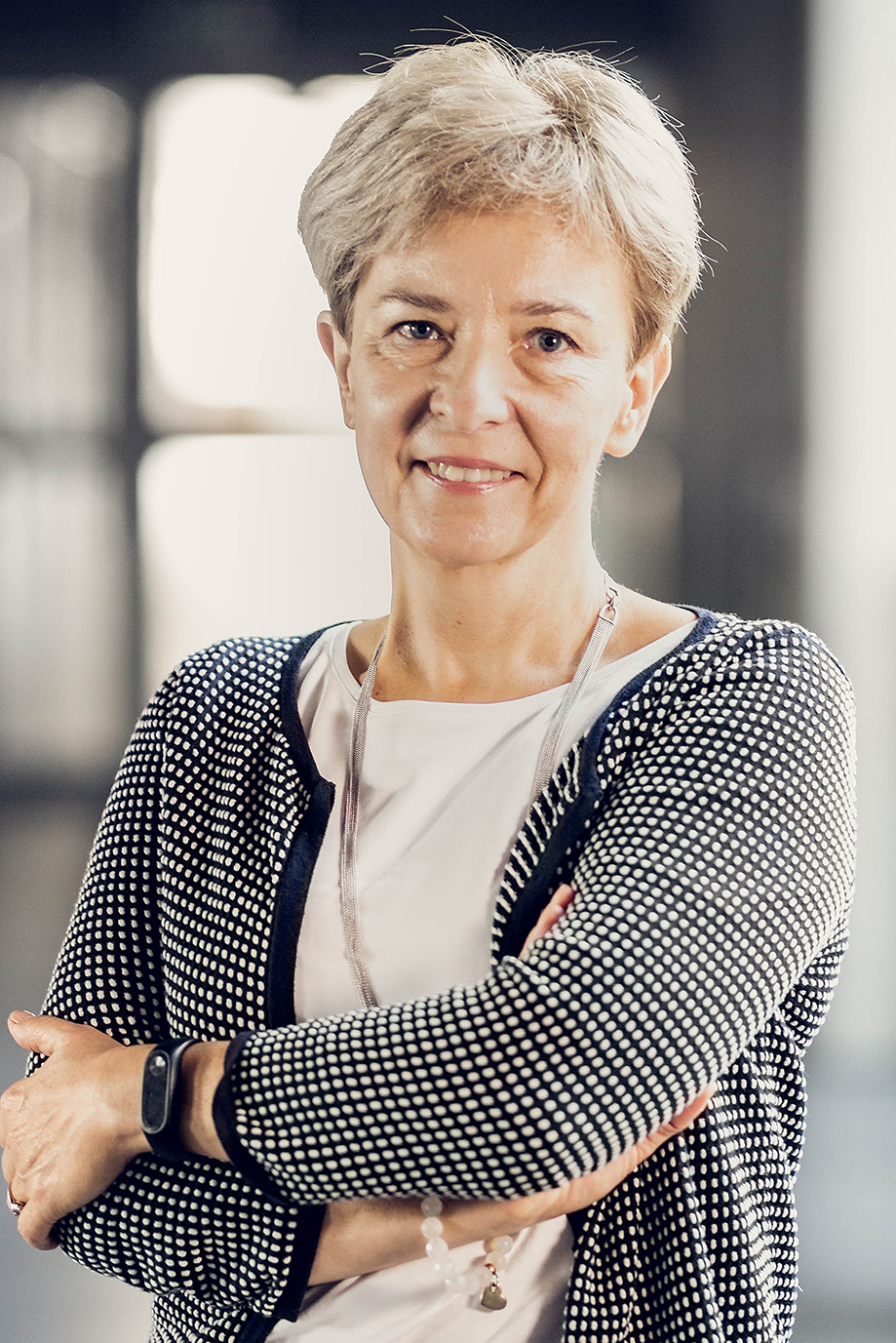
Joanna Surmacz-Górska
Ph.D, professor
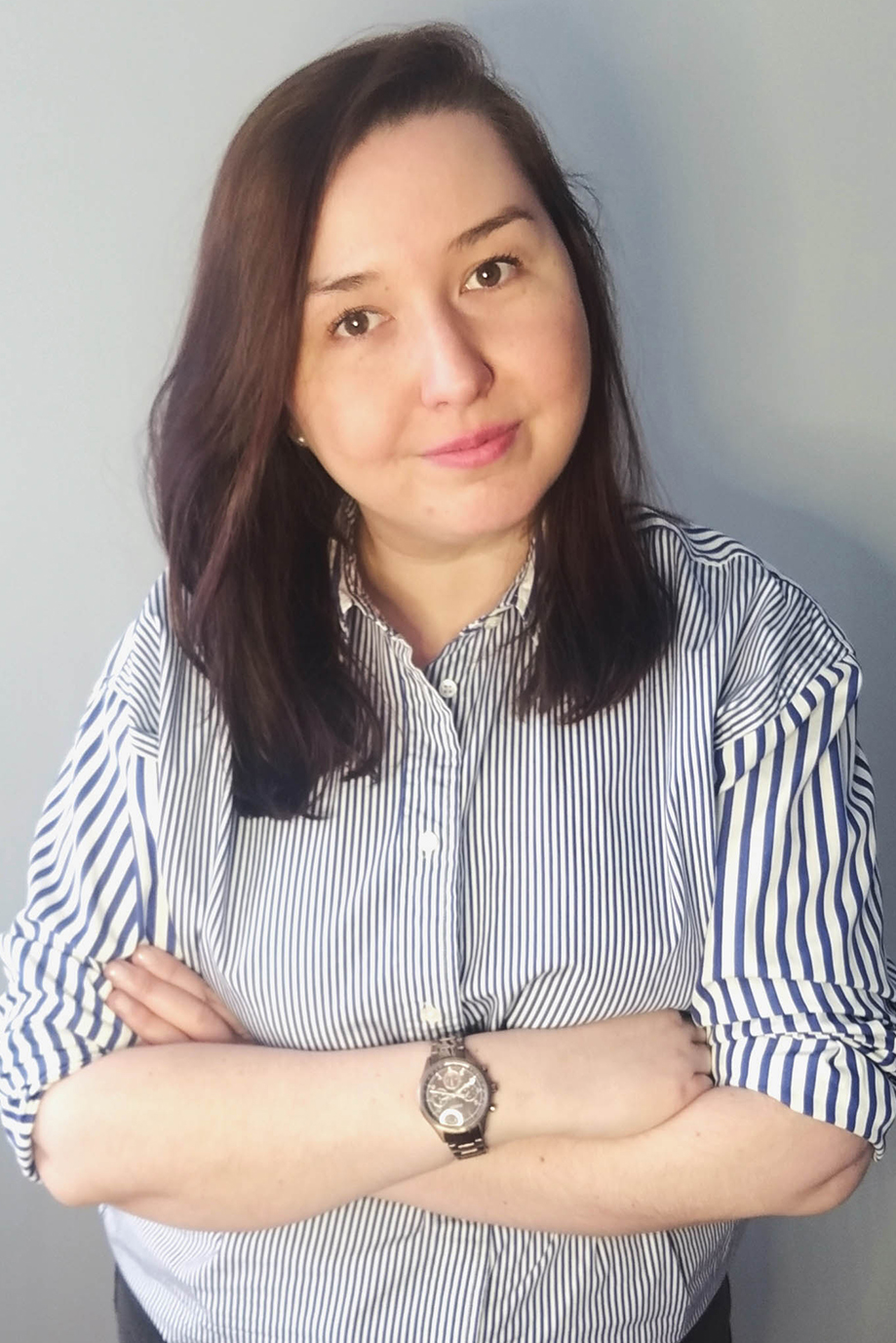
Edyta Łaskawiec
Ph.D, assistant professor

Magda Ćwiertniewicz-Wojciechowska
PhD student
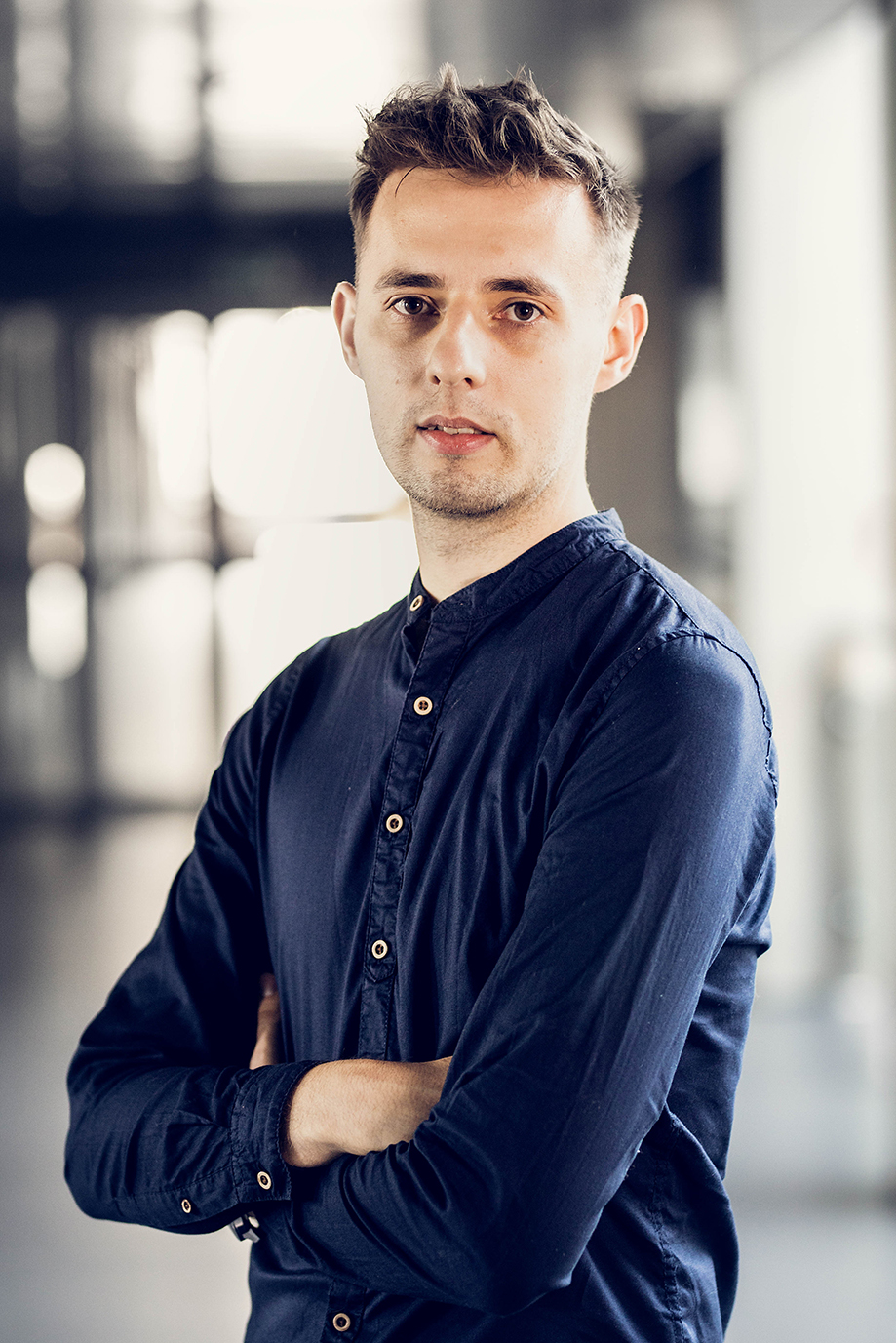
Filip Gamon
PhD Student

Grzegorz Cema
Ph.D, assistant profesor, Team Leader, WP 3 leader

Aleksandra Ziembińska-Buczyńska
Ph.D, professor

Joanna Surmacz-Górska
Ph.D, professor

Edyta Łaskawiec
Ph.D, assistant professor

Magda Ćwiertniewicz-Wojciechowska
PhD student

Filip Gamon
PhD student
Project: “SNIT” is implemented under Programme ,,Applied Research” under Norwegian Financial Mechanisms 2014 – 2021.
The total cost of the project is 7 526 700 PLN including the value of co-financing 6 553 600 PLN paid with a division into:
85% of the funding amount from the Norway Grants, which is 5 570 561 PLN
15% of the funding amount from the resources of a state budget, which is 983 040 PLN








